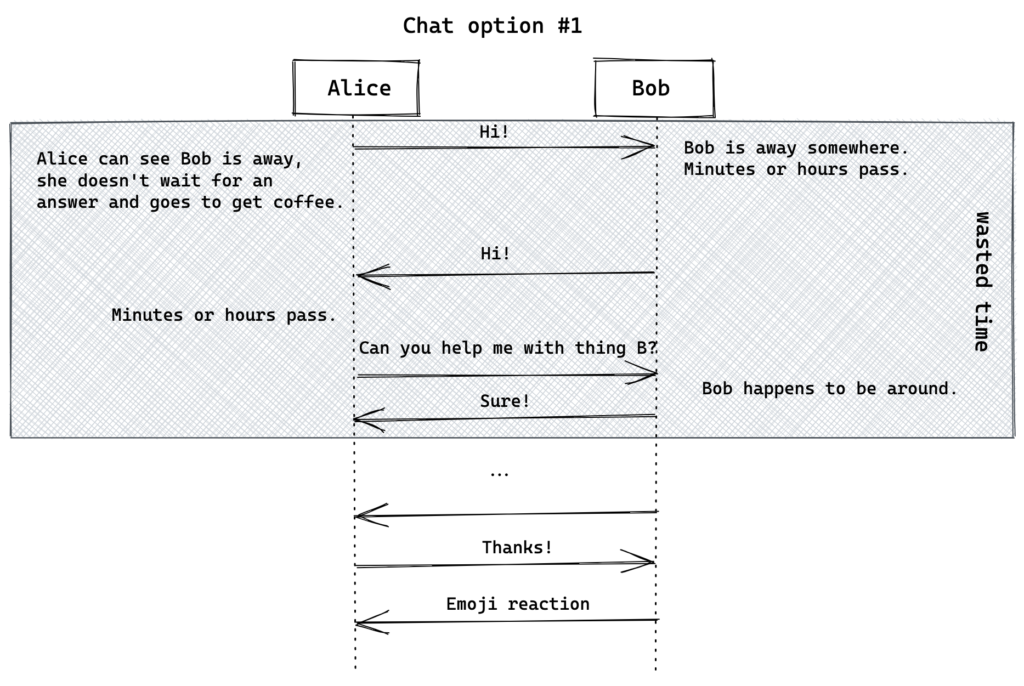Steve Jobs had it easy, he could wear a black turtle neck and blue jeans all day every day and it was hailed as genius. If that works for you, you can stop reading here. But if you feel that the “tech uniform” doesn’t allow you to be as authentic at work as you would like – this blog post is for you.
This is the outline of a talk I gave on December 2022 at the Google TLV office for a group of women in technical roles. I did not record it and I'm happy I didn't, because it enabled me and the participants to be much more open. I doubt I will ever give this talk again, it was a one time thing after being asked for it repeatedly - but I don't want it to become my thing. The first section covers why I think this subject is important to discuss, even if I would rather focus on strictly professional subjects. The second section has concrete tips on how to develop your own style and how to apply it. As usual, this talk is rooted in my experience as a woman SWE, in Israeli/American tech, it might not apply to everyone. However, I believe it's an important subject that will be useful for many women in STEM and other male dominated fields, so here goes.Continue reading








